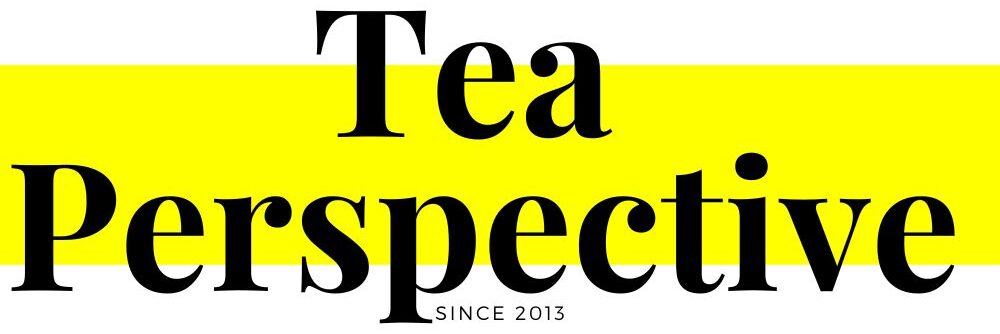Are tea leaves edible? Yes, they are both edible raw and when brewed. You should, however, be cautious in your approach. Several nutrients in tea are water-soluble and only released when it’s steeped in hot water. Therefore, eating tea leaves won’t provide you with many benefits.
Tea leaves? Eating Them? It may seem funny to think about, doesn’t it? But, it is actually possible to eat tea leaves. In fact, there are a lot of ways to consume tea leaves. We’ve dug further into this and found a slew of interesting information.
Keep reading to learn more.
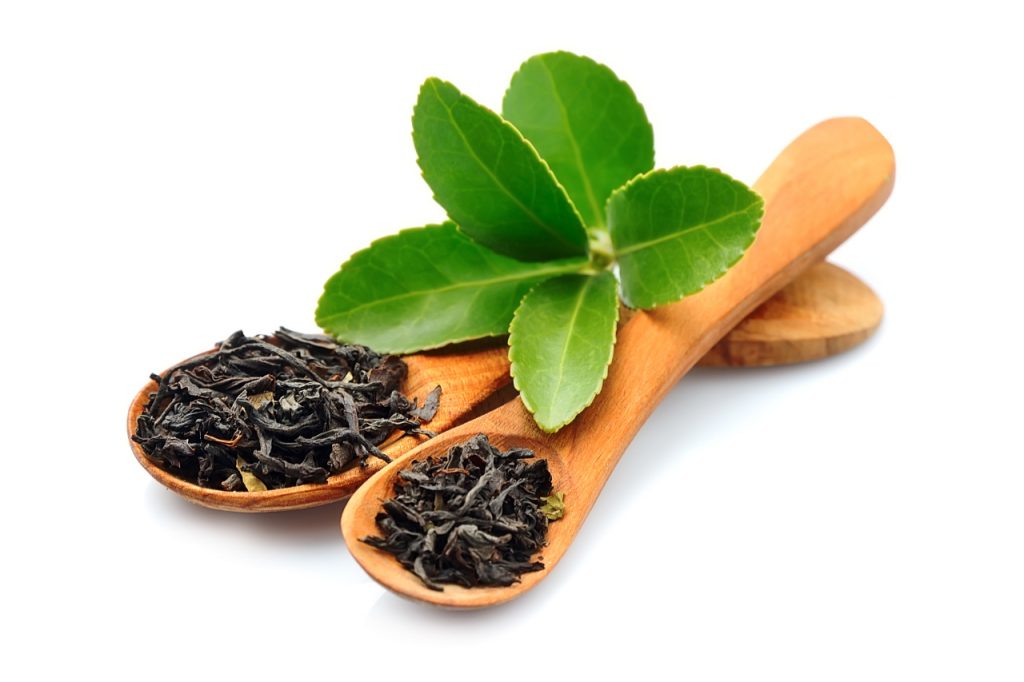
Are Tea Leaves Safe for Consumption?
Again, if you’ve been wondering whether you can consume tea leaves, the answer is yes.
You can eat them both raw or steeped. Furthermore, no studies or medical guides prohibit them from consumption.
So, if you want to consume tea leaves, go ahead, but I suggest you wait until they’ve steeped first. Steeping the tea leaves softens them, making them easier for your digestive system.
However, you must know that tea leaves have the potential to upset your stomach if you don’t consume them with caution.
Although not everyone is affected in the same manner by ingesting tea leaves, why take the risk when you can prevent the difficulties altogether?
Benefits Of Eating Tea Leaves
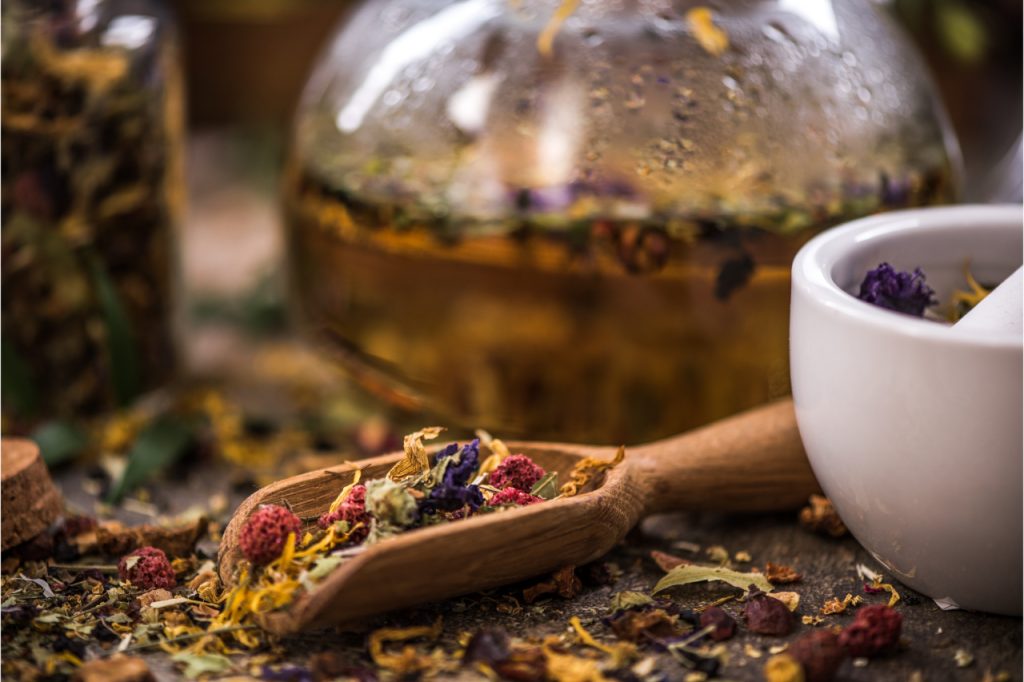
Chewing tea leaves is a good method to get antioxidants into your system.
Flavonoids, which are good for the body, may be found in brewed tea. But, in solid leaves, the concentration of antioxidants can be astoundingly high.
Eating Tea Leaves From Tea Bags
How about the teas in tea bags? Can you consume those? It’s not recommended.
Tea leaves contain many water-soluble nutrients that can only release into the body when steeped in hot water.
Additionally, some tea bags include plastic.
Polypropylene (PP) is a material that helps tea bags hold their shape when submerged in boiling water. In addition to being detrimental for the environment, this sort of plastic polymer does not compost.
Even if the amount of plastic in tea is low, it’s still not something most people want to consume.
Endocrine system damage from PP is extensively established and may lead to a wide range of health issues.
Risks Involved With Eating Tea Leaves
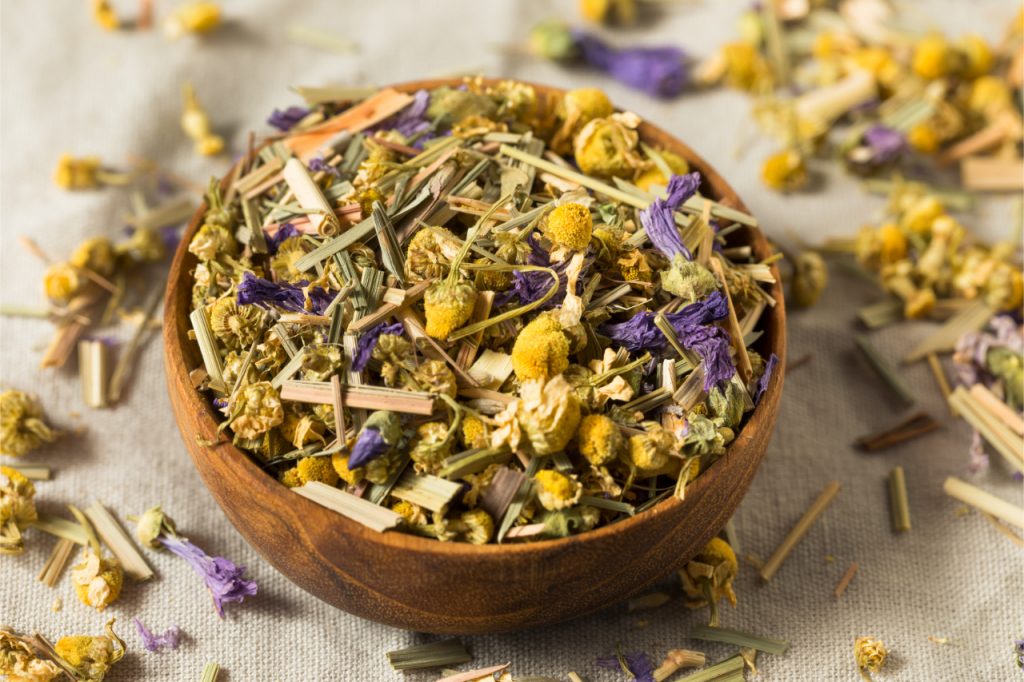
Ingesting tea leaves comes with specific health issues. If the event that you do consume tea leaves, be aware of the potential effects on your digestive system.
Constipation
You may experience constipation due to the composition of the tea leaves. Tea leaves are created in the same way as any other leaf.
They are full of fiber, contain a touch of protein, and have substantial water content.
Their fat level, however, is low.
The remaining is made up of antioxidants and caffeine. The fiber, however, constitutes the majority of the leaf.
That fiber is quite difficult to digest, particularly in bigger leaves. This implies that older, more mature leaves will be harder to absorb. Black tea leaves are a good example of this.
But, you wouldn’t eat a bunch of tea leaves in one sitting, would you? The bitterness of the leaves will cause you to need to drink a lot of water, not to mention the unpleasant taste of it. So, if you plan on eating tea leaves, don’t consume more than a small gesture, potentially 1/4 of a teaspoon.
Even so, consuming that many tea leaves are only somewhat safe. Cutting through all the fiber will take a while for your body.
Additionally, certain fibers won’t dissolve properly. These fibers will transport to your digestive system the next morning.
Upset Stomach
Because of its high astringency, green tea leaves might upset your stomach.
When a ‘meal’ is on the way, your stomach stimulates and creates more gastric acid. Being confronted with an acidic tea certainly doesn’t help.
If you don’t have anything else to eat, then green tea leaves won’t be beneficial on an empty stomach.
Possible Pesticide Ingestion
Not every tea plantation uses pesticides to regulate their harvests, but many do. They do this to enhance the annual output of leaves by eliminating any insects or pests that may enter the tea plantation.
These insecticides are often safe for people, as they do not mix with water and do not alter the flavor of the tea.
If you steep your tea in hot water and simply consume the brew. However, if you choose to consume the leaves, you may acquire them.
If you insist on consuming tea leaves, get them through a plantation that doesn’t use pesticides to safeguard their crop.
Bacteria Build-Up
Consuming newly steeped leaves may be dangerous if they sit out for an extended period after steeping.
Liquid provides a perfect breeding ground for bacteria.
Leaving them unattended for an extended period of time may promote bacterial development, just as with any other food source.
If you can’t eat them right away, store them in a sanitary, sealed container in the refrigerator. Alternatively, you may put them in the freezer.
Eating Matcha Powder vs. Eating Tea Leaves
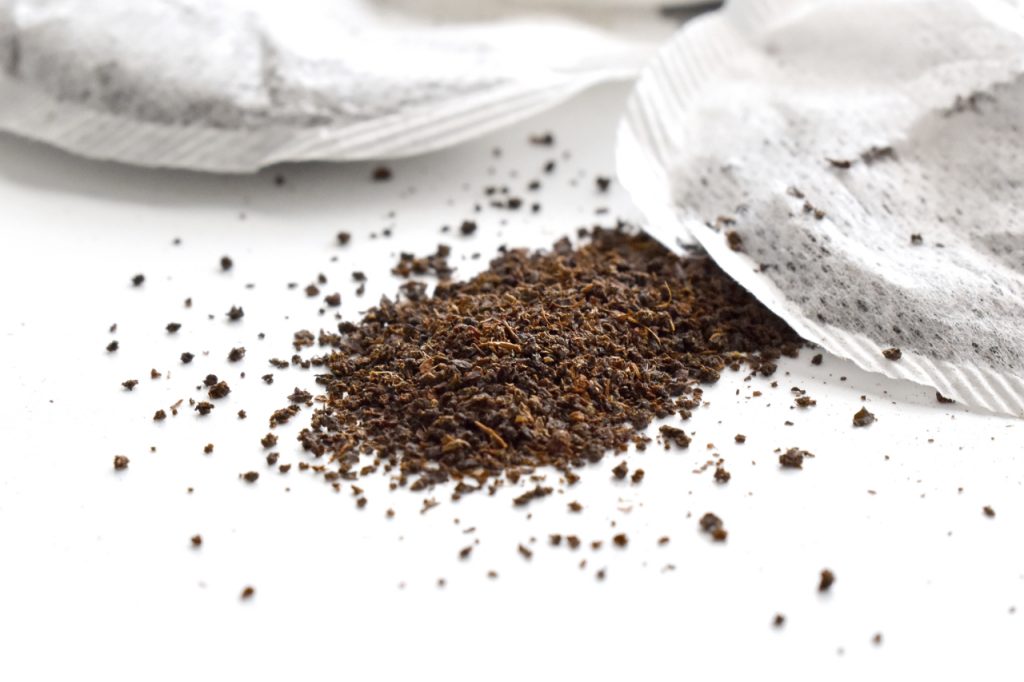
Now that we’ve discussed the risks of eating tea leaves, what about matcha? Isn’t consuming matcha the same thing as eating tea leaves? Does that also mean that it’s harmful?
Matcha is green tea in all technical aspects. After farmers and manufacturers process and dry the green tea, they crush it into a fine powder, which you will then combine with hot water for consumption.
Remember to keep the hot water in mind.
Taking a teaspoon of matcha and consuming it as plain tea leaves will have the same effect. But, this is a wastage of excellent tea. There are no health advantages, just the need for a drink of water.
But, if you drink matcha the way it should be, you will reap its benefits. This is because the hot water absorbs the powder.
Therefore, your cup of hot, well-mixed matcha will provide you with all the health advantages of green tea and more.
From a health perspective, matcha smoothies and delicacies are essentially useless. A matcha latte is not as nutritious, either.
Matcha’s benefits neutralize in dairy, and you need a lot of sugar to make a lengthy, foamy drink sweet drink. Plus, does this process take away from what matcha stands for? That being health & vitality?
How To Get the Benefits From Tea Leaves
Infusing and steeping are still the best ways to consume tea and receive its full advantages. The most common method is to soak them for a few minutes in hot water before drinking it.
For those who need to limit their caffeine intake, decaffeinated tea is an option.
It’s also unlikely that people will start eating tea leaves soon. It’s not necessarily tasty and fun to do.
Other Ways To Eat Tea Leaves
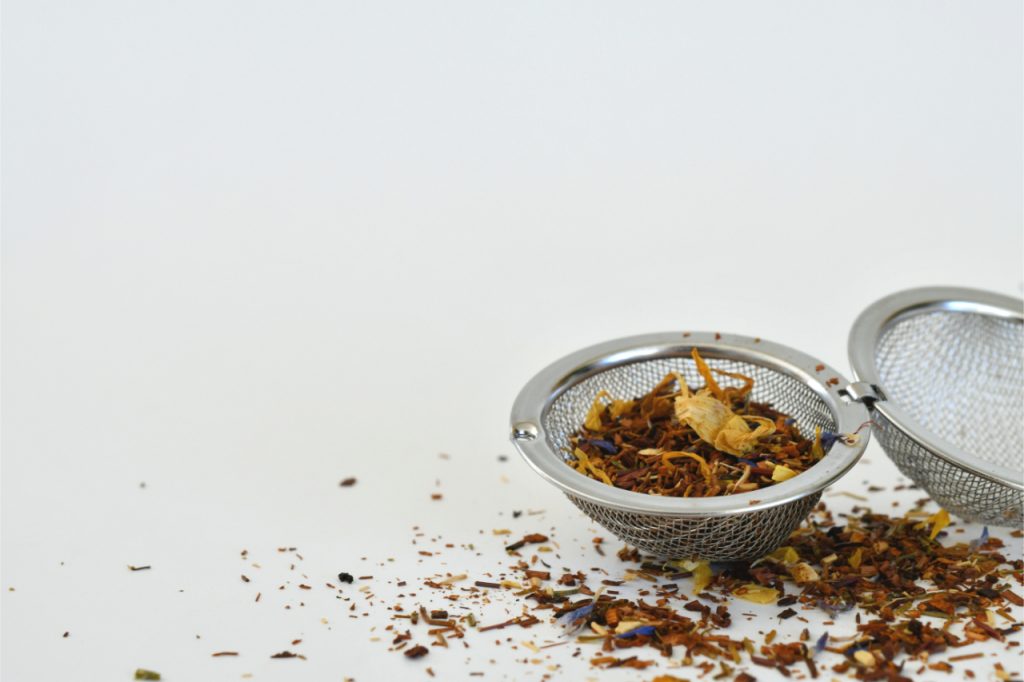
Luckily, tea leaves offer you many options that can help you expand your culinary repertoire. If you want to eat tea leaves, you can cook with them. You can bake earl grey biscuits, fig tea cookies, chai tea muffins, and more. It’s a great learning opportunity.
You can also put Hojicha powder or even the full leaf to make homemade ice cream. Moreover, you can use tea liquid in your cooking. From cake batters, milk, and sauces — the opportunities are endless.
Fun fact, Eastern Cuisine offers a meal with tea called Lahpet. It’s relatively popular too! The dish consists of shrimp, veggies, and nuts.
They use tea leaves to garnish and season the dish. So, you can replicate this recipe at home if you’d like.
Key Takeaway
You are free to eat tea leaves as long as you do it cautiously. Nothing is stopping you from munching some tea leaves. The key is moderation, as it is with everything else.
But, practically speaking, we don’t recommend eating tea leaves they have little nutritional value. It isn’t tasty, either. Drink it instead if you want to enjoy tea and all its glory!
Brewing them with water is the best method to obtain the health benefits.
Matcha is the closest you can get to consuming tea leaves while still reaping some health advantages, so if you’re searching for a compromise, this is it.
